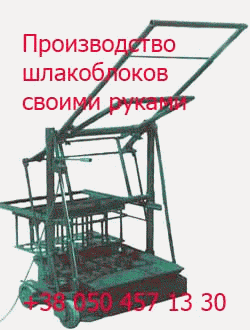Recently, it has become clear that new concepts are needed to explain the behavior of adhesive bonds, especially as the ‘standard theories’ initially proposed to help in our understanding of adhesion phenomena have been shown inadequate. Polymer dynamics, which appear to be a dominant factor in the adhesion capacity of pressure-sensitive adhesives, are most likely […]
Архивы рубрики ‘Adhesive Bonding’
Glass
 21 августа, 2015
21 августа, 2015  Pokraskin
Pokraskin In the case of glass, without using any adhesion promoter (at least with reactive structural adhesives), no long-term durability can be obtained when bonding this adherent. At present, this is assumed to be due to the fact that in a humid environment at the interface, the glass surface is irreversibly modified by corrosion that may […]
Polyethylene and Polypropylene
 21 августа, 2015
21 августа, 2015  Pokraskin
Pokraskin The adhesion of polyethylene or polypropylene can be demonstrated in a simple experiment. Both materials can be carefully melted without considerably exceeding the melting point, such that the surface is prevented from oxidizing. A well-cleaned aluminum surface is then coated with the molten polyethylene. As might be expected, if the surface is well wetted the […]
Gold
 21 августа, 2015
21 августа, 2015  Pokraskin
Pokraskin Although gold is commonly believed to be a noble (i. e. low-reactivity) metal, it has fascinating adhesion properties. For example, if a sheet of gold is rolled up in normal writing paper and left for a certain time, the glue residues originating from the paper will adhere strongly to the gold surface such that it […]
Adhesion in Real Systems
 21 августа, 2015
21 августа, 2015  Pokraskin
Pokraskin The standard adhesion theories described above often do not allow predictions to be made of the actual behavior and failure of adhesive bonded joints. This can be illustrated by the following examples that derive from the author’s experience (no bibliographic references given).
Chemical Reactions
 20 августа, 2015
20 августа, 2015  Pokraskin
Pokraskin In 1927, long before the development of present-day industrial high-performance bonding techniques, W. McBain and W. B. Lee [12] published the results of the following experiments. Polished steel and aluminum parts were joined together using an organic adhesive made from (all components by weight): 50 units of shellac, 5 units of creosote (oil obtained from […]
Diffusion Theory
 19 августа, 2015
19 августа, 2015  Pokraskin
Pokraskin A special case in adhesion is to some extent represented by the strong adherence that can often be observed between two surfaces of polymer materials of similar or dissimilar types that are in intimate contact with each other. Owing to their structure, physical low-energy interactions are thought to be effective here, while chemical interactions are […]
Polarization Theory
 19 августа, 2015
19 августа, 2015  Pokraskin
Pokraskin During the late 1950s it was known to be possible to create high-strength adhesive bonded joints between smooth metal surfaces using organic adhesives under well- defined conditions. However, this represented an important problem for adhesive research because the formation of chemical interactions between those different types of material had long been considered impossible. It was […]
Classical Adhesion Theories
 18 августа, 2015
18 августа, 2015  Pokraskin
Pokraskin Numerous theories have been proposed for a long time, and referred to in even the most recent literature, to explain observed phenomena of adhesion. In the following Adhesion Thermodynamical Adhesion by physical interpretation of by chemical interactions adhesion bonds Polarization Electro- Oiffusion Thermodynamic Chemisorption theory after statical theory theory after theory after 0Є Bruyne theory […]
Adhesion
 18 августа, 2015
18 августа, 2015  Pokraskin
Pokraskin 3.1 Introduction Adhesion, when considered macroscopically, is the two-dimensional (surface-to — surface) adherence of two similar or different types of material to each other. It is one of the most important material phenomena in nature and technology. In the realms of technology, a building erected by the Romans will still safely be held together by […]
 Опубликовано в рубрике
Опубликовано в рубрике 
